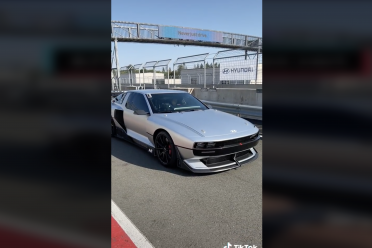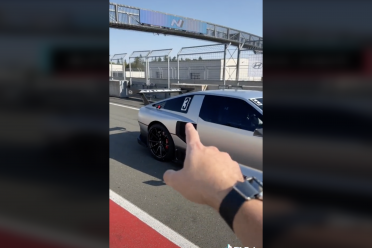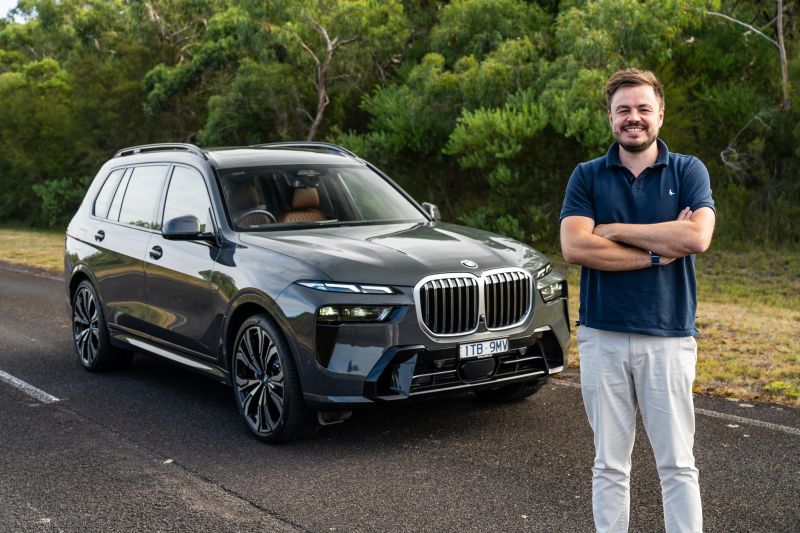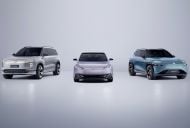Imagine a car that only emits water…well stop imagining, because it’s a thing and TikTok car influencer Paul Maric has given us a closer look at how this new car from Hyundai actually works.
The video, which now has over 2 million views on TikTok was shared by Paul Maric, a TikTok influencer with handle @paulmaric that creates videos on new cars and automotive trends. The video Maric shared on TikTok gives us a closer look at the Hyundai N Vision 74 hydrogen car.
“It uses a hydrogen fuel stack and uses twin electric motors,” said Paul in the TikTok video.
“It is such a good looking car in person, it’s longer than a Mercedes-Benz S-Class,” Paul continues.
A car like this uses hydrogen as its propulsion source and that hydrogen powers two electric motors that drive the rear wheels.
“It emits just water,” Paul explains in the video.
Viewers of the TikTok video were blown away by the technology.
“Ok, this is one of the first times I can say I seriously want a Hyundai! They need to make this happen!” said one user.
A comment with over 10,000 likes was, “Looks like a modern DeLorean. That’s amazing actually,” which we agree with!
“Looks so much like the new DeLorean,” said another.
Not everybody was convinced though, with a couple of TikTok users voicing concerns.
“Surely they won’t build this…they always show concepts like this one,” said the user.
Another said “I think it’s so silly, just give me a V8 any day of the week…”.
The hydrogen fuel stack sits beneath the bonnet and the battery pack is in a T shape with the wider portion of the T sitting over the rear axle.
Each electric motor produces 235kW, one decimated to each wheel. The fuel stack produces up to 95kW of power and when these power sources combine, the total system output is over 500kW of power and 900Nm of torque.
Hyundai hasn’t talked about how much the car weighs, but it claims it will do over 600km on a single charge/hydrogen fill.












